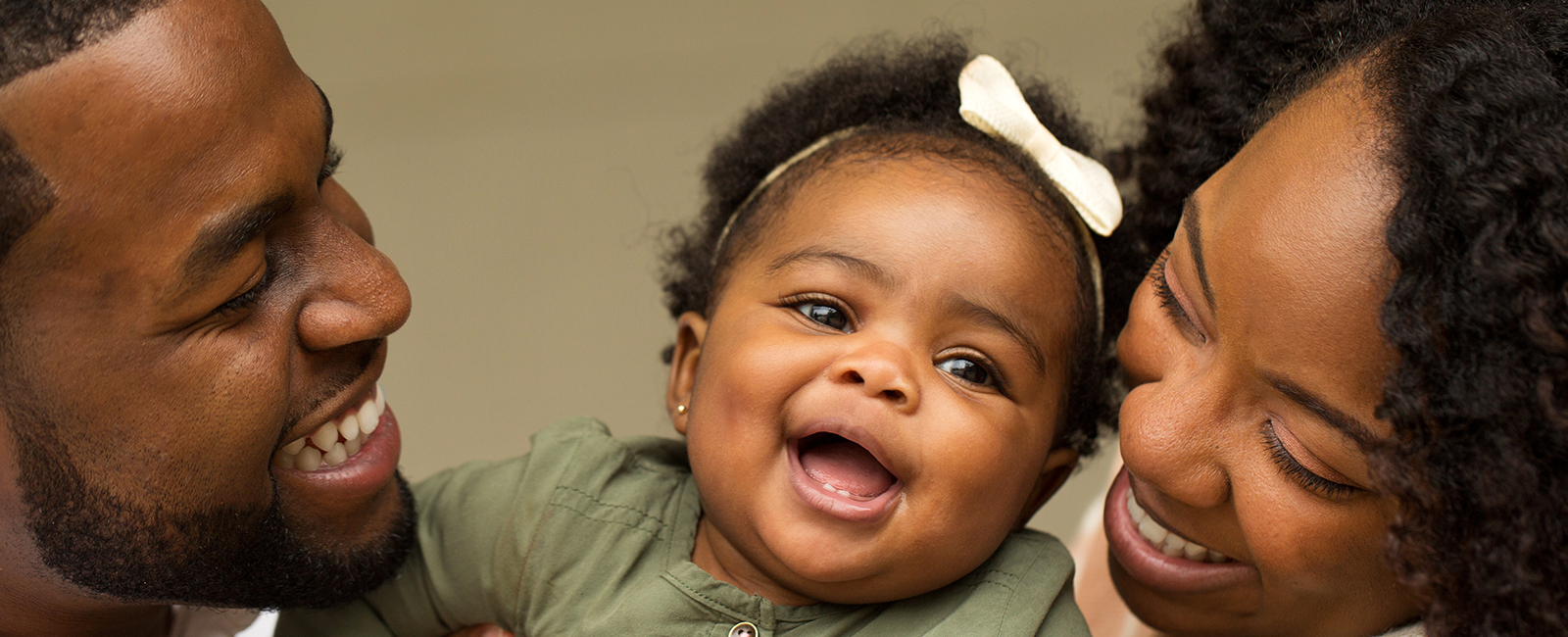The Importance of Jumping: How physical activity promotes growth and development in even the youngest children
Children together on the playground crawling, climbing, running and jumping is more than just kids being kids. Did you know that jumping by age 3 is a key indicator that a child will be more likely to read by third grade?
Although jumping may seem like a simple task, there can be many hurdles in a young child’s life that delay it. Distractions such as technology can certainly be factors, but urbanized living and other social factors are also primary contributors. Our early childhood education team determined that children in our programs that did not have enough space in and around their homes, access to safe outdoor play areas, or outdoor play time in general were exhibiting lower gross motor skills than expected because they lacked access to jumping at home.
“Gross motor skills are usually taken for granted until we meet a child who is struggling to crawl or walk. We oftentimes forget that these skills need space, time and opportunity to practice and perfect,” observes Shereen Ali, NVFS director of early childhood education. “Once the child can walk, subtle skills such as jumping, hopping, balancing and skipping go unnoticed or become less important — more so if families are facing economic and other hardships.”
Jumping is a great bone-strengthening exercise as well, according to the U.S. Dept. of Agriculture. It’s especially important for children and adolescents to help promote bone growth and strength for longer-term health benefits. Physical activity also improves behavior in the classroom, and reading and math scores, and decreases risk for depression and anxiety, according to the American Council on Exercise.
To ensure that every child reaches the critical milestone of jumping by age 3, our Early Head Start, Head Start and Healthy Families teams partnered with more than 1,700 families last year in creating nurturing home environments that foster child development and ensure every child has the opportunity to learn and grow toward future success.
“In our Head Start classrooms, for example, in addition to crawling and walking, we pay attention to children climbing stairs, bear climbing, walking on a beam, stepping over a puddle, breaking into a dance and, of course, jumping!” Ali adds.
Each year, NVFS’ early childhood development programs:
- Educate families on proper health and nutrition;
- Assist with housing needs to ensure children have a safe home in which to grow and jump;
- Provide parents with the tools needed to provide a healthy, nurturing home environment; and
- Engage volunteers and community partners in providing healthy, fun activities for children.
There are numerous ways for community members to get involved with our early childhood development programs. Here are a few ways to consider bringing your talents and interests to the classroom to get kids moving and shaking in- and outside the classroom, as well as in our homeless shelters:
- Classroom Volunteer – Early Head Start (Arlington, VA)
- Classroom Volunteer – Head Start (Arlington, VA)
- Children’s Activities Specialist (Manassas, VA)
Help us continue to provide children with the building blocks to be engaged, contributing members of our community by allowing children to be children and providing the support they need to build a brighter future.


